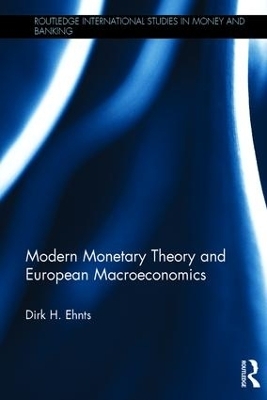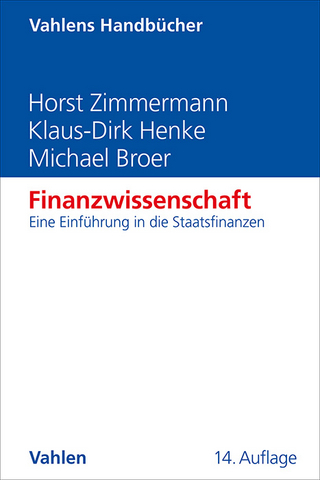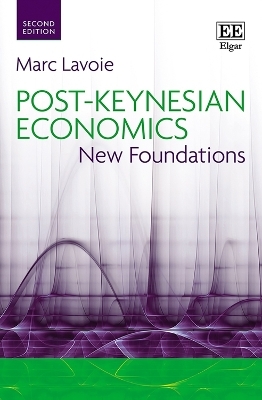
Modern Monetary Theory and European Macroeconomics
Routledge (Verlag)
978-1-138-65477-8 (ISBN)
Modern Monetary Theory and European Macroeconomics covers both the general case and then the Eurozone specifically. A very simple macroeconomic model follows which explains the major accounting identities of macroeconomics. Using this new methodology, the Eurozone crisis is examined from a fresh perspective. It turns out that not government debt but the stagnation of private sector debt was the major economic problem and that cuts in government spending worsened the economic situation. The concluding chapters discuss what a solution to the current problems of the Eurozone must look like, with scenarios that examine a future with and without a euro.
This book provides a detailed balance sheet view of monetary and fiscal operations, with a focus on the Eurozone economy. Students, policy-makers and financial market actors will learn to assess the institutional processes that underpin a modern monetary economy, in times of boom and in times of bust.
Dirk H. Ehnts works as a lecturer in Economics at Bard College, Berlin.
Table of Contents
Introduction
Part I – Theoretical Foundations
Chapter 1. Substance and purposes of economic activity
Part II – Money and Credit
Chapter 2. Debts and balance sheets
Chapter 3. The creation of bank deposits (deposits)
Chapter 4. The creation of central bank deposits
Chapter 5. The instruments of a central bank (monetary policy)
Chapter 6. The creation of sovereign securities (fiscal policy)
Chapter 7. The sustainability of the financial system
Chapter 8. Inflation and deflation
Part III – Analysis
Chapter 9. A macroeconomic model
Chapter 10. Europe before the euro
Chapter 11. The situation with the euro
Part IV – Reform
Chapter 12. How do we restore demand?
Chapter 13. The future – with or without the euro?
Conclusion
Further readings
Index
| Erscheinungsdatum | 25.05.2016 |
|---|---|
| Reihe/Serie | Routledge International Studies in Money and Banking |
| Zusatzinfo | 3 Tables, black and white; 19 Line drawings, black and white; 19 Illustrations, black and white |
| Verlagsort | London |
| Sprache | englisch |
| Maße | 156 x 234 mm |
| Gewicht | 430 g |
| Themenwelt | Wirtschaft ► Allgemeines / Lexika |
| Wirtschaft ► Betriebswirtschaft / Management | |
| Wirtschaft ► Volkswirtschaftslehre ► Finanzwissenschaft | |
| Wirtschaft ► Volkswirtschaftslehre ► Makroökonomie | |
| ISBN-10 | 1-138-65477-9 / 1138654779 |
| ISBN-13 | 978-1-138-65477-8 / 9781138654778 |
| Zustand | Neuware |
| Haben Sie eine Frage zum Produkt? |
aus dem Bereich


